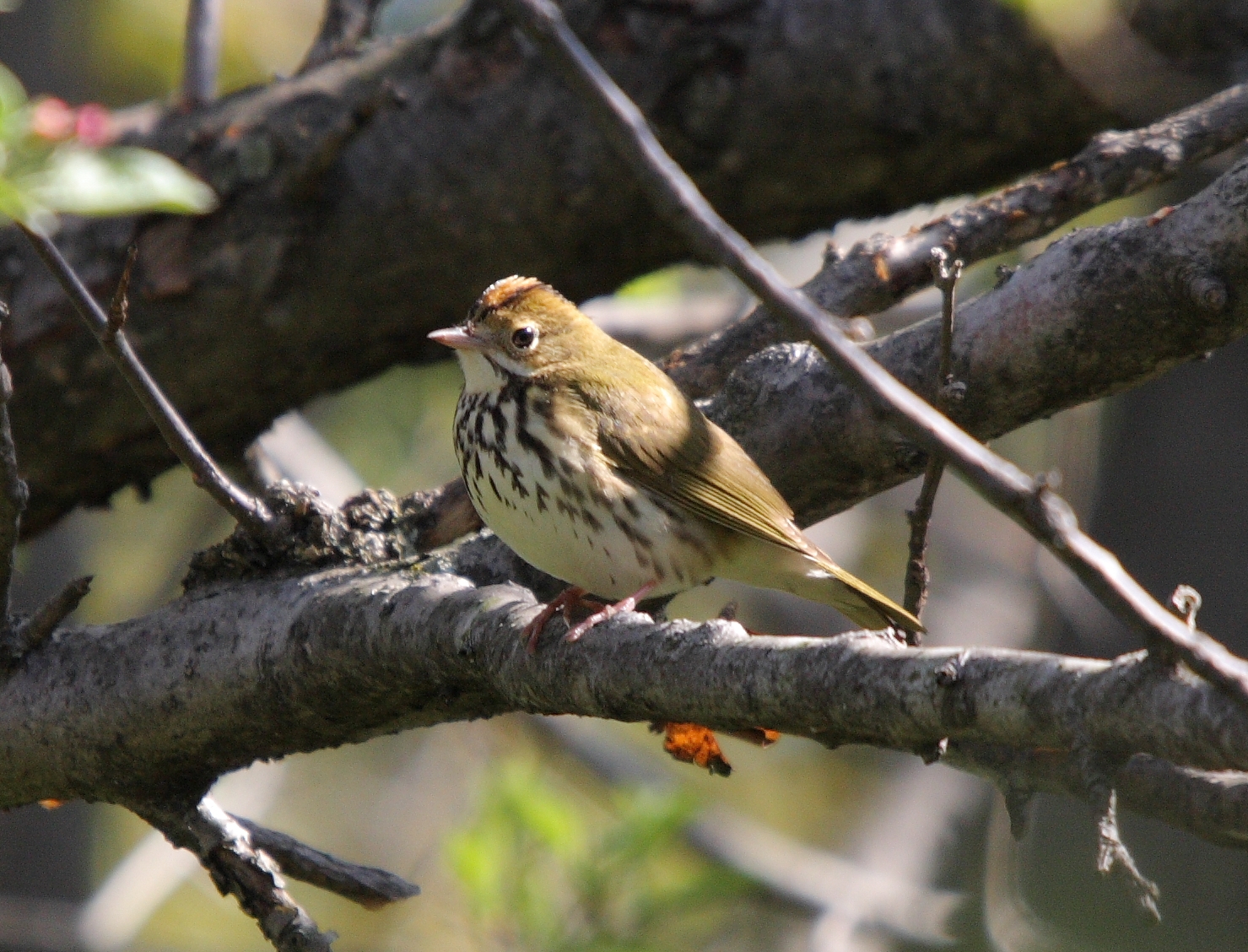|
Pseudasthenes
''Pseudasthenes'' is a genus of small suboscine passerine birds, commonly known as canasteros or false canasteros, in the ovenbird family. It was described in 2010 to accommodate four species split from the related genus '' Asthenes''. The genus is endemic to South America. Species The four species in the genus are: * Dusky-tailed canastero, ''Pseudasthenes humicola'' * Patagonian canastero, ''Pseudasthenes patagonica'' * Steinbach's canastero, ''Pseudasthenes steinbachi'' * Cactus canastero, ''Pseudasthenes cactorum'' References Bird genera {{Furnariidae-stub ... [...More Info...] [...Related Items...] OR: [Wikipedia] [Google] [Baidu] |
Pseudasthenes
''Pseudasthenes'' is a genus of small suboscine passerine birds, commonly known as canasteros or false canasteros, in the ovenbird family. It was described in 2010 to accommodate four species split from the related genus '' Asthenes''. The genus is endemic to South America. Species The four species in the genus are: * Dusky-tailed canastero, ''Pseudasthenes humicola'' * Patagonian canastero, ''Pseudasthenes patagonica'' * Steinbach's canastero, ''Pseudasthenes steinbachi'' * Cactus canastero, ''Pseudasthenes cactorum'' References Bird genera {{Furnariidae-stub ... [...More Info...] [...Related Items...] OR: [Wikipedia] [Google] [Baidu] |
Steinbach's Canastero
Steinbach's canastero (''Pseudasthenes steinbachi'') or the chestnut canastero, is a species of bird in the canastero genus ''Asthenes'' in the ovenbird family Furnariidae. It is endemic to western Argentina. Its natural habitat is steep valleys in subtropical high-altitude shrubland Shrubland, scrubland, scrub, brush, or bush is a plant community characterized by vegetation dominated by shrubs, often also including grasses, herbs, and geophytes. Shrubland may either occur naturally or be the result of human activity. It m ... from above sea-level. References Steinbach's canastero Endemic birds of Argentina Steinbach's canastero Taxonomy articles created by Polbot {{Furnariidae-stub ... [...More Info...] [...Related Items...] OR: [Wikipedia] [Google] [Baidu] |
Patagonian Canastero
The Patagonian canastero (''Pseudasthenes patagonica'') is a species of bird in the family Furnariidae. It is endemic to Argentina. Its natural habitat is subtropical or tropical dry shrubland Shrubland, scrubland, scrub, brush, or bush is a plant community characterized by vegetation dominated by shrubs, often also including grasses, herbs, and geophytes. Shrubland may either occur naturally or be the result of human activity. It m .... References Patagonian canastero Birds of Patagonia Endemic birds of Argentina Patagonian canastero Taxonomy articles created by Polbot {{Furnariidae-stub ... [...More Info...] [...Related Items...] OR: [Wikipedia] [Google] [Baidu] |
Cactus Canastero
The cactus canastero (''Pseudasthenes cactorum'') is a species of bird in the family Furnariidae. It is endemic to Peru. Its natural habitat is subtropical or tropical high-altitude shrubland Shrubland, scrubland, scrub, brush, or bush is a plant community characterized by vegetation dominated by shrubs, often also including grasses, herbs, and geophytes. Shrubland may either occur naturally or be the result of human activity. It m .... References cactus canastero Birds of the Peruvian Andes Endemic birds of Peru cactus canastero Taxonomy articles created by Polbot {{Furnariidae-stub ... [...More Info...] [...Related Items...] OR: [Wikipedia] [Google] [Baidu] |
Dusky-tailed Canastero
The dusky-tailed canastero (''Pseudasthenes humicola'') is a species of bird in the family Furnariidae. It is found in Chile. Its natural habitats are subtropical or tropical dry shrubland Shrubland, scrubland, scrub, brush, or bush is a plant community characterized by vegetation dominated by shrubs, often also including grasses, herbs, and geophytes. Shrubland may either occur naturally or be the result of human activity. It m ... and subtropical or tropical high-altitude shrubland. References } dusky-tailed canastero Birds of Chile dusky-tailed canastero Taxa named by Heinrich von Kittlitz Taxonomy articles created by Polbot Fauna of the Chilean Matorral {{Furnariidae-stub ... [...More Info...] [...Related Items...] OR: [Wikipedia] [Google] [Baidu] |
Asthenes
Canasteros and thistletails are small passerine birds of South America belonging to the genus ''Asthenes''. The name "canastero" comes from Spanish and means "basket-maker", referring to the large, domed nests these species make of sticks or grass. They inhabit shrublands and grasslands in temperate climates from the lowlands to the highlands. They feed on insects and other invertebrates gleaned from the ground or the low vegetation. Taxonomy The genus ''Asthenes'' was introduced in 1853 by the German naturalist Ludwig Reichenbach. The name is from Ancient Greek ''asthenēs'' meaning "insignificant". The type species was designated by George Robert Gray in 1855 as ''Synallaxis sordida'' Lesson. This taxon is now considered to be a subspecies of the sharp-billed canastero (''Asthenes pyrrholeuca sordida''). In 2010, it was discovered that the thistletails and the Itatiaia spinetail, formerly placed in their own genera (''Schizoeaca'' and ''Oreophylax'', respectively), are actu ... [...More Info...] [...Related Items...] OR: [Wikipedia] [Google] [Baidu] |
Alcide D'Orbigny
Alcide Charles Victor Marie Dessalines d'Orbigny (6 September 1802 – 30 June 1857) was a French naturalist who made major contributions in many areas, including zoology (including malacology), palaeontology, geology, archaeology and anthropology. D'Orbigny was born in Couëron ( Loire-Atlantique), the son of a ship's physician and amateur naturalist. The family moved to La Rochelle in 1820, where his interest in natural history was developed while studying the marine fauna and especially the microscopic creatures that he named "foraminiferans". In Paris he became a disciple of the geologist Pierre Louis Antoine Cordier (1777–1861) and Georges Cuvier. All his life, he would follow the theory of Cuvier and stay opposed to Lamarckism. South American era D'Orbigny travelled on a mission for the Paris Museum, in South America between 1826 and 1833. He visited Venezuela, Colombia, Ecuador, Peru, Bolivia, Chile, Argentina, Paraguay, and Brazil, and returned to France with an ... [...More Info...] [...Related Items...] OR: [Wikipedia] [Google] [Baidu] |
Suboscine
The Tyranni (suboscines) are a suborder of passerine birds that includes more than 1,000 species, the large majority of which are South American. It is named after the type genus '' Tyrannus''. These have a different anatomy of the syrinx musculature than the oscines (songbirds of the larger suborder Passeri), hence the common name of ''suboscines''. The available morphological, DNA sequence, and biogeographical data, as well as the (scant) fossil record, agree that these two major passerine suborders are evolutionarily distinct clades. Systematics The suborder Tyranni is divided into two infraorders: the Eurylaimides and the Tyrannides. The New Zealand wrens in the family Acanthisittidae are placed in a separate suborder Acanthisitti. The Eurylaimides contain the Old World suboscines – mainly distributed in tropical regions around the Indian Ocean – and a single American species, the sapayoa: * Philepittidae: asities * Eurylaimidae: typical broadbills * Calyptomeni ... [...More Info...] [...Related Items...] OR: [Wikipedia] [Google] [Baidu] |
Passerine
A passerine () is any bird of the order Passeriformes (; from Latin 'sparrow' and '-shaped'), which includes more than half of all bird species. Sometimes known as perching birds, passerines are distinguished from other orders of birds by the arrangement of their toes (three pointing forward and one back), which facilitates perching. With more than 140 families and some 6,500 identified species, Passeriformes is the largest clade of birds and among the most diverse clades of terrestrial vertebrates, representing 60% of birds.Ericson, P.G.P. et al. (2003Evolution, biogeography, and patterns of diversification in passerine birds ''J. Avian Biol'', 34:3–15.Selvatti, A.P. et al. (2015"A Paleogene origin for crown passerines and the diversification of the Oscines in the New World" ''Molecular Phylogenetics and Evolution'', 88:1–15. Passerines are divided into three clades: Acanthisitti (New Zealand wrens), Tyranni (suboscines), and Passeri (oscines or songbirds). The passeri ... [...More Info...] [...Related Items...] OR: [Wikipedia] [Google] [Baidu] |
Ovenbird
The ovenbird (''Seiurus aurocapilla'') is a small songbird of the New World warbler family (Parulidae). This migratory bird breeds in eastern North America and winters in Central America, many Caribbean islands, Florida and northern Venezuela. Taxonomy The genus ''Seiurus'' is currently treated as monotypic, containing only the ovenbird; it is genetically distinct from all other species in the family Parulidae, probably the first genus to evolve separately from the rest of the family. Before the recent genetic studies were carried out, the waterthrushes were also included in ''Seiurus''; these are now treated separately in the genus ''Parkesia'' as they are not very closely related to the ovenbird. The species name ''aurocapilla'' is a noun phrase, so the original spelling is retained, not changed according to the gender of the genus name; Linnaeus originally named it ''Motacilla aurocapilla'', and the ending is not changed to -''us'' as commonly cited in the past. Etymologica ... [...More Info...] [...Related Items...] OR: [Wikipedia] [Google] [Baidu] |
Family (biology)
Family ( la, familia, plural ') is one of the eight major hierarchical taxonomic ranks in Linnaean taxonomy. It is classified between order and genus. A family may be divided into subfamilies, which are intermediate ranks between the ranks of family and genus. The official family names are Latin in origin; however, popular names are often used: for example, walnut trees and hickory trees belong to the family Juglandaceae, but that family is commonly referred to as the "walnut family". What belongs to a family—or if a described family should be recognized at all—are proposed and determined by practicing taxonomists. There are no hard rules for describing or recognizing a family, but in plants, they can be characterized on the basis of both vegetative and reproductive features of plant species. Taxonomists often take different positions about descriptions, and there may be no broad consensus across the scientific community for some time. The publishing of new data and opini ... [...More Info...] [...Related Items...] OR: [Wikipedia] [Google] [Baidu] |
Lumpers And Splitters
Lumpers and splitters are opposing factions in any discipline that has to place individual examples into rigorously defined categories. The lumper–splitter problem occurs when there is the desire to create classifications and assign examples to them, for example schools of literature, biological taxa and so on. A "lumper" is a person who assigns examples broadly, assuming that differences are not as important as signature similarities. A "splitter" is one who makes precise definitions, and creates new categories to classify samples that differ in key ways. Origin of the terms The earliest known use of these terms was by Charles Darwin, in a letter to Joseph Dalton Hooker in 1857: ''It is good to have hair-splitters & lumpers''. They were introduced more widely by George G. Simpson in his 1945 work ''The Principles of Classification and a Classification of Mammals''. As he put it: A later use can be found in the title of a 1969 paper "On lumpers and splitters ..." by the ... [...More Info...] [...Related Items...] OR: [Wikipedia] [Google] [Baidu] |


